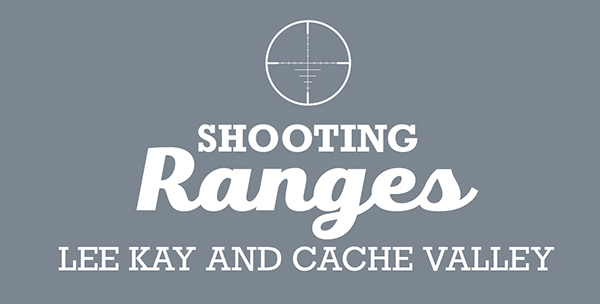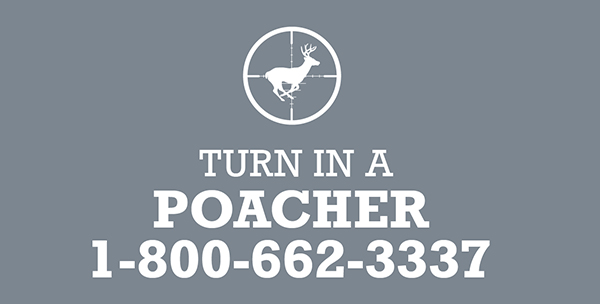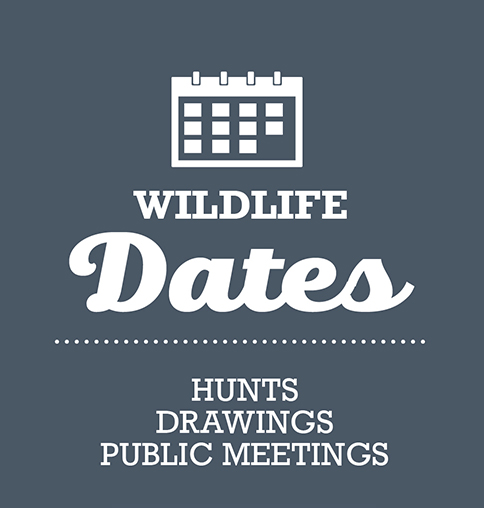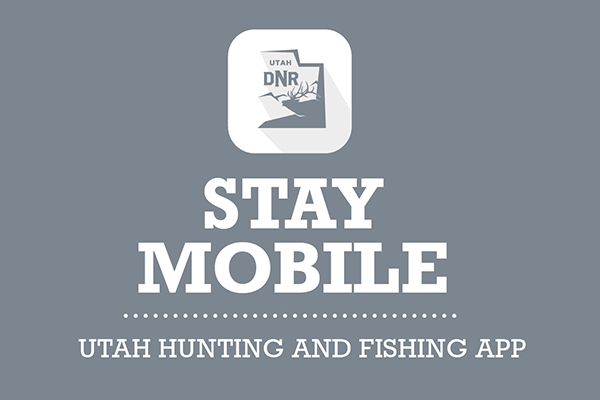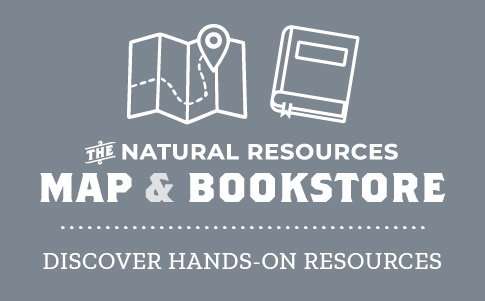6 easy ways to help wildlife on Earth Day (and the rest of the year, too!)
Salt Lake City — Utah is home to many wildlife species and spectacular landscapes. Monday, April 22 is Earth Day, making it a great time to reflect on the ways we can help restore and preserve nature, including fish and wildlife and their habitats.
Here are six simple steps you can take to help the fish and wildlife in your area:
Report reptile/amphibian and bird sightings
iNaturalist is an app and website that provides a place to record sightings and get information about different plants, insects and wildlife species. One way you can help wildlife is to take pictures of different species — such as reptiles and amphibians — (from a safe distance) and submit those sightings.
The Herps of Utah group was created to ensure that the location data attached to submissions in iNaturalist can be integrated into the state database. Joining this group is an easy way to ensure that your contribution is reviewed and used to inform conservation decisions for local species in Utah. You can join the Herps of Utah group by searching for it in the iNaturalist phone app or on the iNaturalist website.
"Community science observations provide very useful data that can be used to help us monitor native animals," Utah Division of Wildlife Resources Native Herpetology Coordinator Alyssa Hoekstra said. "Reptiles and amphibians in particular are usually only active at certain times of the day and year. Records that are added to the Herps of Utah group can help us gather information over a broad period of time and over a large geographic range. This helps us to capture data points that could have otherwise been missed."
It is also very helpful to report your year-round bird sightings to eBird. These reports are extremely valuable in helping biologists and other researchers know where — and when — birds are migrating and how their populations are doing. People can also participate in important bird projects and surveys throughout the year, such as the North American Breeding Bird Survey, the Christmas Bird Count or Project FeederWatch.
Reduce plastic use and make sure not to litter
Litter and trash can harm wildlife in several ways. If animals eat paper, plastic or food pieces, it can cause digestive issues, which can potentially be fatal. When people throw trash and food scraps out of their cars, it can also attract more wildlife to the side of the road, which can increase the likelihood of vehicle/wildlife collisions. Fish and wildlife can also get caught and tangled in trash and other debris, which can impair their ability to eat or move, also resulting in fatalities. Garbage and litter can also negatively impact wildlife habitats.
Always make sure to dispose of your garbage properly to decrease impacts on wildlife. You can also decrease waste by reducing your use of plastics: Avoid single-use plastics, when possible, including bags, bottles, wraps and disposable utensils.
Turn off outdoor lights at night and increase window safety to help birds and other species
Bird species migrate at different times of the year, including during the spring. Many species primarily migrate at night when it's dark. One easy way that you can help them during their migration is to turn off your outdoor lights at night.
"Light pollution can disorient birds and draw them off course, and sometimes can cause collisions with lighted buildings and other structures," DWR Avian Conservation Program Coordinator Russell Norvell said. "Artificial light has also been shown to impact frogs and other animals, especially during their breeding season. Light pollution can impact the frequency and timing of mating calls and the activity or movement of nocturnal species. Additionally, loud noises after dark can interrupt or impact the mating calls of frogs, which could eventually lead to population declines."
Thousands of birds also die each year from flying into windows on buildings. One easy way to reduce these collisions is to install screens or break up the reflections of your window using film, paint or string spaced no more than 2 inches high or 2 inches wide.
Don't feed wildlife
While it is not illegal to feed wildlife — except in certain cities that have enacted no-feeding ordinances — there are several reasons that it is highly discouraged, including:
- Public safety concerns
- The spread of chronic wasting disease among deer, elk and moose and avian influenza among waterfowl and raptors
- Potential harm to wildlife from introducing foods not in their diets, particularly during winter months
Unsecured food and other pungent items can also attract hungry black bears to camping areas, which can be dangerous for campers.
Feeding wildlife can also draw wildlife to private property and other residential areas — and habituate them so they continue returning to these same spots — which can cause nuisance issues and damage to property. Admire wildlife from a distance and help keep them wild by not feeding them.
Don't move or transfer fish or wildlife
Transferring aquatic animals between different bodies of water or using live bait is not only illegal, but it also can spread diseases and increases the risk of invasive species being introduced to an area, which can then potentially impact native species. You should never transfer wildlife that isn't regulated or that you don't have a license to collect. Help wildlife by leaving them alone, and cleaning off your boots and equipment if you visit more than one aquatic site in a day. Visit the DWR website for more information.
Buy a hunting or fishing license
Hunters and anglers are some of the greatest wildlife conservationists because they provide a large amount of funding used to preserve wildlife species across the world. Any time someone buys a fishing or hunting license in Utah, 100% of their license dollars go toward the DWR's work to conserve, manage and protect the state's fish and wildlife. That money helps to fund essential conservation projects — like improving habitat for various fish and wildlife species in the state — and it ensures those species can be conserved and enjoyed for generations to come.
Visit the DWR website to buy a fishing, hunting or combination license.



